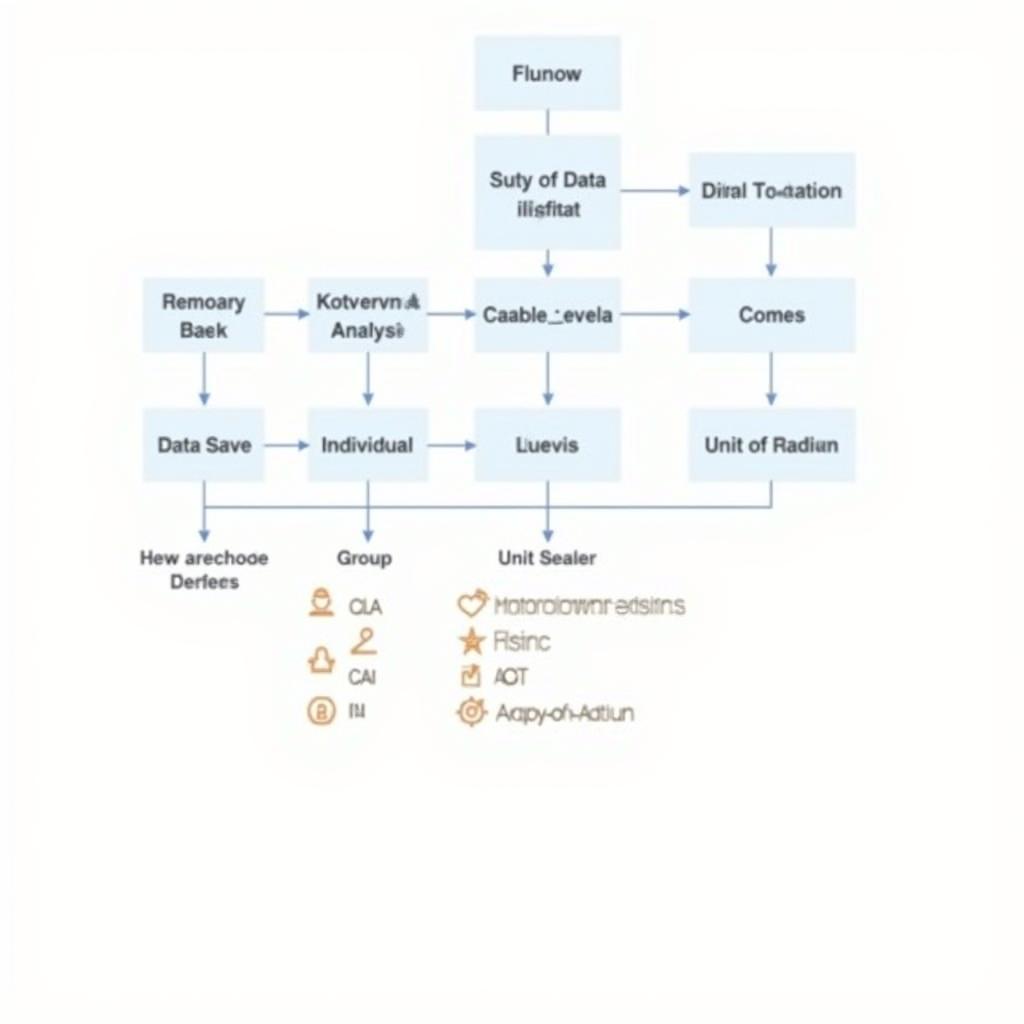A unit of analysis is the “what” or “whom” being studied in a research project. It’s the major entity that you are analyzing in your study. Understanding the unit of analysis is crucial for designing your research, collecting data, and drawing valid conclusions. It directly impacts the generalizability and interpretation of your findings. Choosing the right unit of analysis is a fundamental step in any research project.
Defining the Unit of Analysis
The unit of analysis is the specific object or subject about which you are gathering and analyzing data. It could be individuals, groups, organizations, social interactions, artifacts, geographical units, or even time periods. For instance, if you’re studying the voting patterns of individuals, the unit of analysis is the individual voter. If you’re researching the success rates of different marketing campaigns, the unit of analysis is the campaign itself. The unit of analysis determines what kind of data you’ll collect and how you will analyze it. It’s essential to define this clearly from the outset to maintain focus and ensure the relevance of your findings. Picking the wrong unit of analysis can lead to inaccurate conclusions and invalidate your research. For instance, drawing conclusions about individual behavior based on group-level data is a common error known as the ecological fallacy.
Different Levels of Analysis
Research can be conducted at multiple levels of analysis. Understanding these levels is critical for choosing the correct unit of analysis in research. These levels include micro (individuals), meso (groups or organizations), and macro (large-scale social structures). For example, if you’re researching paranormal experiences, your unit of analysis could be individual accounts (micro), investigations conducted by a Paranormal Research team (meso), or cultural beliefs about the supernatural (macro). Each level offers unique insights, and the chosen level should align with your research question. Selecting the wrong level can lead to misleading results. For instance, concluding that a particular region has high paranormal activity based solely on individual anecdotes from a small town within that region would be an overgeneralization.
Common Units of Analysis Examples
Understanding what is unit of analysis in research involves looking at real-world examples. Here are a few:
- Individuals: Studying the effects of meditation on stress levels.
- Groups: Comparing the performance of different project teams.
- Organizations: Analyzing the impact of corporate culture on employee morale.
- Social Interactions: Observing communication patterns in online forums.
- Artifacts: Examining ancient pottery to understand past civilizations.
what is unit of analysis in research
 Ecological Fallacy Example
Ecological Fallacy Example
Avoiding Common Pitfalls
A common mistake in research is mismatching the unit of analysis and the level of analysis. For example, if you want to study the effectiveness of different ghost hunting techniques, your unit of analysis might be the individual investigation, not the entire team. Clearly defining your unit of analysis in research from the beginning helps avoid this issue.
“Defining the unit of analysis is like focusing your camera lens,” says Dr. Amelia Spectre, a leading researcher in parapsychology. “If your lens is too wide, your image will be blurry and uninformative. If it’s too narrow, you’ll miss crucial details in the periphery.”
How to Choose the Right Unit of Analysis
Choosing the correct unit of analysis is paramount for successful research. Start by clearly articulating your research question. What are you trying to understand? Who or what do you need to study to answer that question? Then, consider the type of data you need to collect. Will you be surveying individuals, analyzing documents, or observing group dynamics? The answers to these questions will guide you towards the appropriate unit of analysis.
 Choosing the Right Unit of Analysis
Choosing the Right Unit of Analysis
Conclusion
Understanding What Is A Unit Of Analysis In Research is fundamental for conducting meaningful and valid research. By carefully selecting and defining your unit of analysis, you ensure the accuracy, reliability, and overall success of your study. Remember, a well-defined unit of analysis allows you to focus your research, collect relevant data, and draw accurate conclusions.
FAQ
- What is a unit of analysis? The unit of analysis is the “what” or “whom” being studied.
- Why is it important? It ensures the accuracy and relevance of your research findings.
- What are some common examples? Individuals, groups, organizations, and social interactions.
- How do I choose the right one? Base it on your research question and data needs.
- What is the ecological fallacy? Drawing conclusions about individuals based on group data.
- What are the different levels of analysis? Micro, meso, and macro.
- What happens if I choose the wrong unit of analysis? Your research findings may be inaccurate or invalid.
For further research, consider exploring our resources on meta research intern and research northeastern.
Need help with your research? Contact us at: Phone: 0904826292, Email: research@gmail.com Or visit us at: No. 31, Alley 142/7, P. Phú Viên, Bồ Đề, Long Biên, Hà Nội, Việt Nam. We have a 24/7 customer support team.